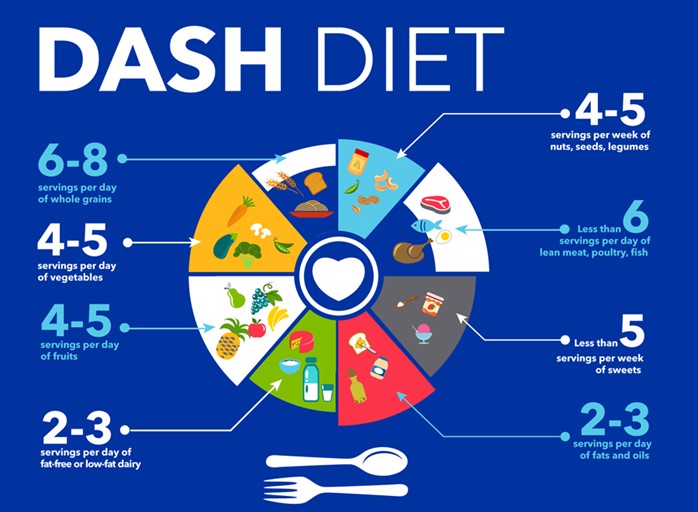A nurse is feeding a client who has heart failure. Which of the following findings indicates that the client is gaining fluid volume excess?
Creatinine 1.3 mg/dL
BNP 300 pg/mL
Potassium 3.5 mEq/L
Sodium 140 mEq/L
The Correct Answer is B
Choice A reason: Creatinine 1.3 mg/dL is slightly elevated, but it does not indicate fluid volume excess. Creatinine is a waste product of muscle metabolism that is filtered by the kidneys. High creatinine levels can indicate kidney damage or impaired renal function.
Choice B reason: BNP 300 pg/mL is high and indicates fluid volume excess. BNP stands for brain natriuretic peptide, which is a hormone released by the heart when it is stretched by increased blood volume or pressure. High BNP levels can indicate heart failure or fluid overload.
Choice C reason: Potassium 3.5 mEq/L is within the normal range (3.5-5.0), and it does not indicate fluid volume excess. Potassium is an electrolyte that helps regulate nerve and muscle function, especially the heart. Low or high potassium levels can cause cardiac arrhythmias, muscle weakness, or paralysis.
Choice D reason: Sodium 140 mEq/L is within the normal range (135-145), and it does not indicate fluid volume excess. Sodium is an electrolyte that helps maintain fluid balance, blood pressure, and nerve impulses. Low or high sodium levels can cause confusion, seizures, or coma.
Nursing Test Bank
Naxlex Comprehensive Predictor Exams
Related Questions
Correct Answer is B
Explanation
Choice A reason: Consuming ten percent of total calories from saturated fat is not a part of the DASH diet because it is too high for most adults. The DASH diet recommends consuming less than seven percent of total calories from saturated fat, which translates to about 16 g of saturated fat per day for an average adult who consumes 2,000 calories per day.
Choice B reason: Consuming foods that are high in calcium is a part of the DASH diet because it can help lower blood pressure by relaxing the blood vessels and reducing the force of contraction of the heart. The DASH diet recommends consuming 1,000 to 1,200 mg of calcium per day, which can be obtained from dairy products, leafy greens, beans, nuts, and fortified foods.
Choice C reason: Increasing intake of refined carbohydrates is not a part of the DASH diet because it can raise blood sugar and insulin levels, which can increase blood pressure and damage the blood vessels. The DASH diet recommends consuming 45 to 55 percent of total calories from carbohydrates, but mostly from whole grains, fruits, and vegetables, which are rich in fiber and antioxidants.
Choice D reason: Limiting sodium intake to 3,200 milligrams per day is not a part of the DASH diet because it is too high for most adults. The DASH diet recommends limiting sodium intake to 2,300 milligrams per day or less, which can help lower blood pressure by reducing fluid retention and vascular resistance.

Correct Answer is A
Explanation
Choice A reason: Tuna fish is a good food choice for an older adult client who has difficulty chewing due to missing teeth because it is soft, moist, and easy to swallow. Tuna fish also provides protein, omega-3 fatty acids, and vitamin D for the client.
Choice B reason: Roast beef is not a good food choice for an older adult client who has difficulty chewing due to missing teeth because it is tough, dry, and hard to chew. Roast beef can cause pain, fatigue, or choking for the client who has missing teeth. Roast beef should be avoided or cut into very small pieces and moistened with gravy or sauce before consuming.
Choice C reason: Apple slices are not a good food choice for an older adult client who has difficulty chewing due to missing teeth because they are crisp, firm, and sticky. Apple slices can cause irritation or injury to the gums or mouth or dislodge any remaining teeth. Apple slices should be avoided or cooked until soft and mashed before consuming.
Choice D reason: Dried fruit is not a good food choice for an older adult client who has difficulty chewing due to missing teeth because they are chewy, sticky, and sugary. Dried fruit can adhere to the gums or teeth and cause dental caries or gum disease. Dried fruit should be avoided or soaked in water until soft and cut into small pieces before consuming.
Whether you are a student looking to ace your exams or a practicing nurse seeking to enhance your expertise , our nursing education contents will empower you with the confidence and competence to make a difference in the lives of patients and become a respected leader in the healthcare field.
Visit Naxlex, invest in your future and unlock endless possibilities with our unparalleled nursing education contents today
Report Wrong Answer on the Current Question
Do you disagree with the answer? If yes, what is your expected answer? Explain.
Kindly be descriptive with the issue you are facing.
